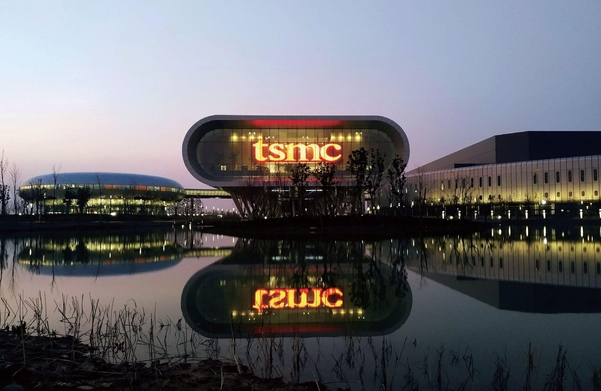Input 2021.02.12 06:00
Strategy to solidify the market leader through aggressive investment
Samsung Electronics has no clear investment plan
“In the absence of Lee Jae-yong, the impact of new business and investment…competition will fall behind”

According to reports and industry sources in the Nihon Keizai Newspaper on the 12th, TSMC will invest 20 billion yen (about 21.1 billion won) to establish a semiconductor back-end process development company in Tsukuba, Ibaraki Prefecture, Japan. To this end, TSMC will decide on a plan to enter Japan through the board of directors soon, and will make an official announcement this week.
On the 14th of last month (local time), TSMC announced that it will invest 28 billion dollars (about 31 trillion won) in facility investment this year. 28 billion dollars is 63% more than last year’s investment of 17.2 billion dollars (about 19 trillion won).
TSMC’s aggressive investment moves have nothing to do with the recent shortage of supply (shortage) in the global semiconductor market. It is calculated that if more semiconductors are produced through expansion, profits will increase beyond that. In particular, in a situation where interest in microprocessed semiconductors with high performance and low power consumption is increasing and orders are concentrated, TSMC is solidifying its No. 1 position through bold facility investment. Currently, only TSMC and Samsung Electronics are semiconductor companies capable of microprocessing 10 nanometers (nm·1 nanometer is 1 billionth of a meter) in the world.
TSMC’s establishment of a Japanese semiconductor development company is related to packaging (post-process), which has become increasingly important in recent years. TSMC has been specialized in the pre-process of making wafers, which are basic circular plates in which semiconductor elements are stretched through various processes, but in the future, after cutting (cutting), packaging (packaging) and commercializing (assembly) the created wafers. It is interpreted that it will focus on the process as well. There are many companies in Japan that produce such post-processing equipment, and it is a calculation that they will aim for synergy with them.

A 3-nano factory with 700 billion Taiwan dollars (approximately 271 trillion won) is being built in Nan Taiwan Science Park (STSP) in Tainan City, Taiwan. TSMC plans to enter mass production from the second half of 2022. This factory is this spring festival (春节It is being built without a break even during the Lunar New Year holidays.

It was only predicted that 17 billion dollars (about 18 trillion won) would be invested in the expansion of the Austin, Texas plant in the United States. Local media reported that Samsung Electronics requested tax benefits from the Texas and Austin city governments based on this investment. However, it is known that Samsung Electronics is considering investing in Arizona and New York as well as Austin. In addition, Giheung, Gyeonggi and Pyeongtaek campuses in Korea are among the candidates for investment. An industry insider said, “There is a concern that it may appear that the investment plan has not been finalized if a large number of candidates are being discussed,” he said. “The prompt investment decision is being delayed.”

An industry insider said, “Recently, Samsung Electronics’ competitors are making bold investments, sometimes gathering strength through M&A, etc. to increase their competitiveness, but Samsung Electronics is showing a slight deviation from this trend.” In the case of cases, I am concerned that such a thing will happen, rather than catching up with competitors.
